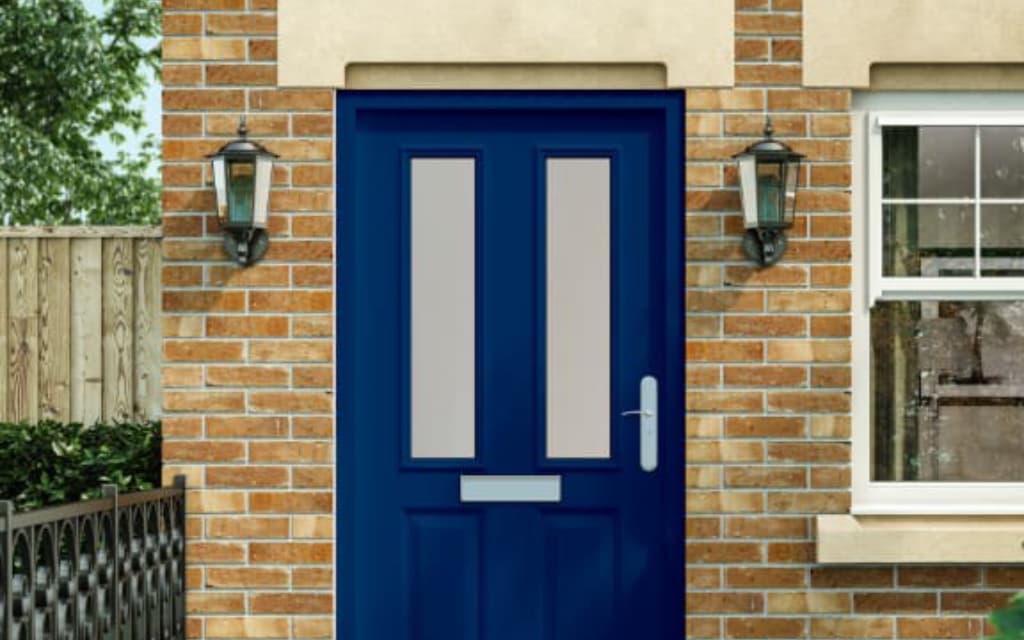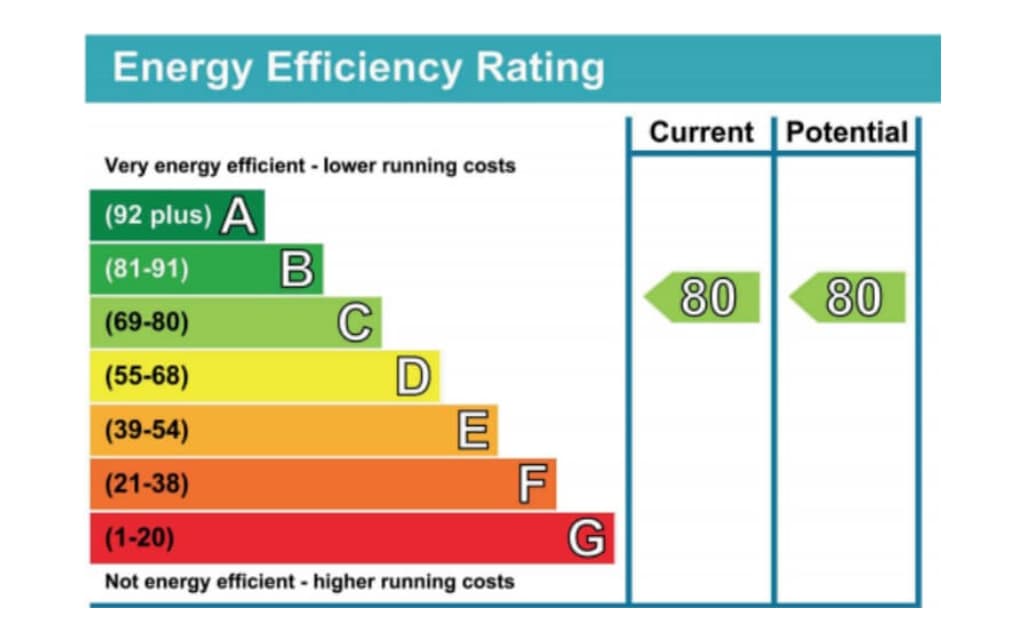The anatomy of a door is quite extensive and can be a little confusing. Whether you are replacing, upgrading your door, or just exploring the world of door hardware, it helps to understand the product-specific door part terminology and industry jargon. Scroll down to read our glossary of door-related terms, detailing the most common words used in door construction.
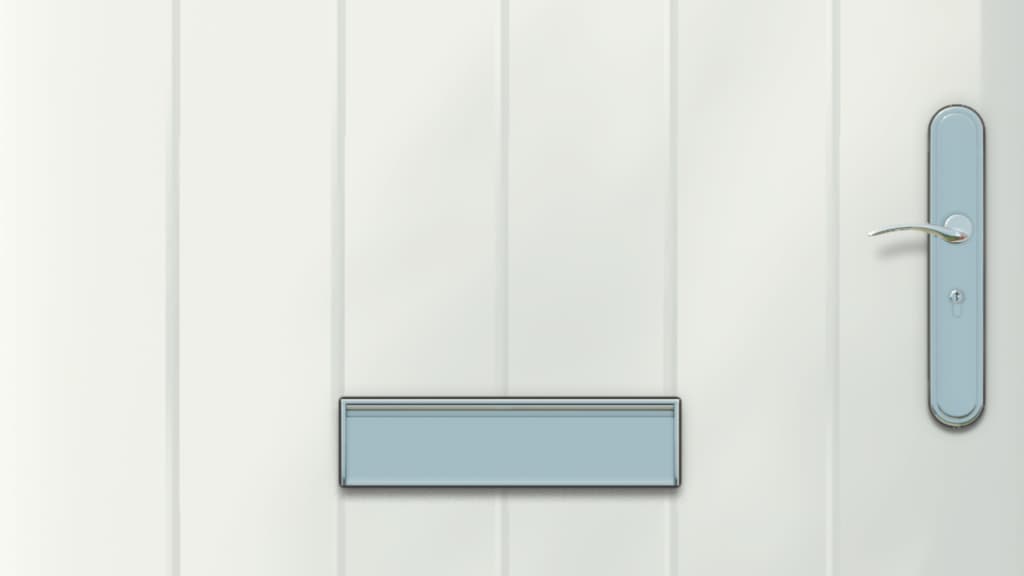
What are the Parts of a Door?
There are many elements that make up a door. To further help improve your knowledge of door parts and hardware, we have illustrated a diagram of a standard steel door and door frame (below) with the most common components highlighted, to show you where each door part is and how they function.
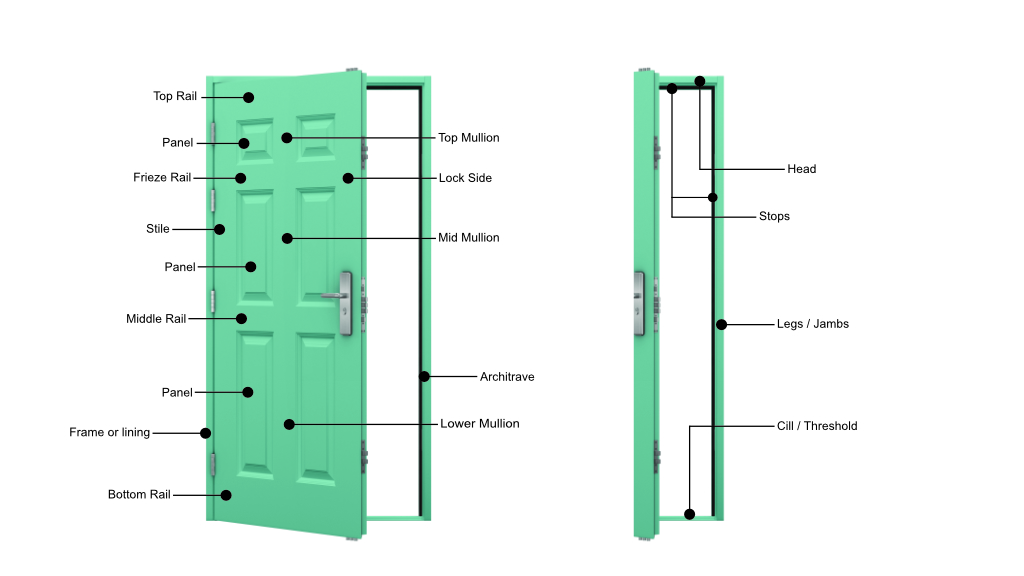
Glossary of Door Terms
Door parts & Hardware
Anchor
A metal device attached to a door frame, jamb, head or cill. Used to secure the frame to the adjacent structure.
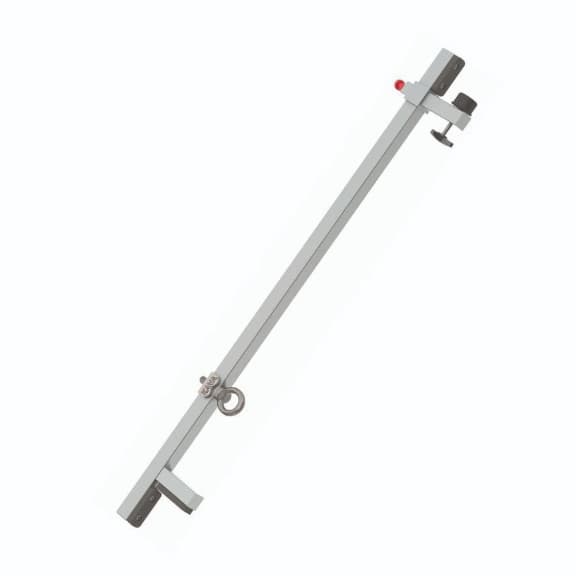
Image: Leading Edge
Astragal
A component (or combination of components) applied to a single or double pair of doors. This is the vertical piece that runs between the doors and is designed to seal off the gaps that leak air, water, light, etc, connected from the cill to the head and provides additional security.
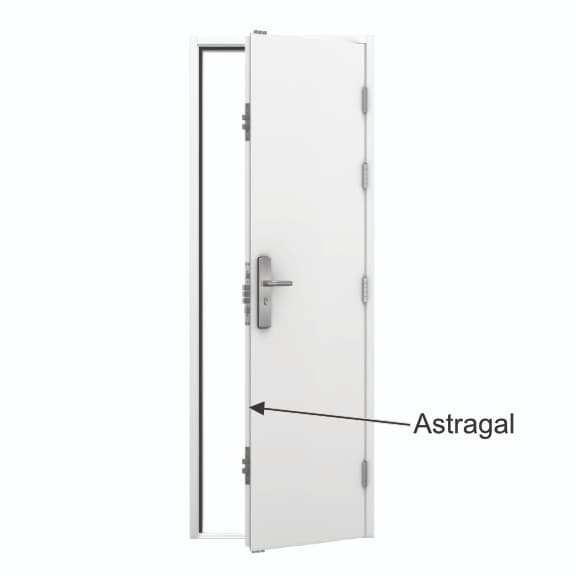
Ball Bearing Hinge
A type of hinge that has ball bearings between the knuckles to reduce friction and increase longevity. They look similar to standard butt hinges, but the difference lies at the pivot point. They are considered heavy-duty hinges.
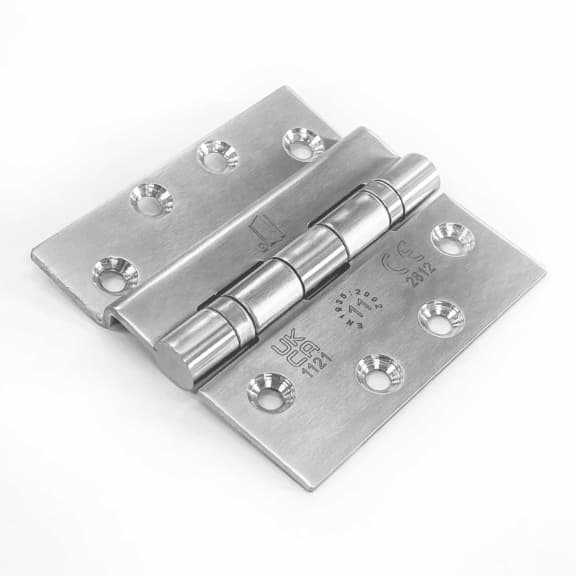
Cill
This is on the lower portion of an exterior door frame. It can be a piece of timber or metal with a seal attached underneath it that transitions from one floor covering to another. It sits on the front of the door, facing outwards and prevents any dirt or water coming in from underneath the door. Not to be confused with a ‘Threshold’ which is an integral part of the door frame at the bottom. This sits on top of the Cill.
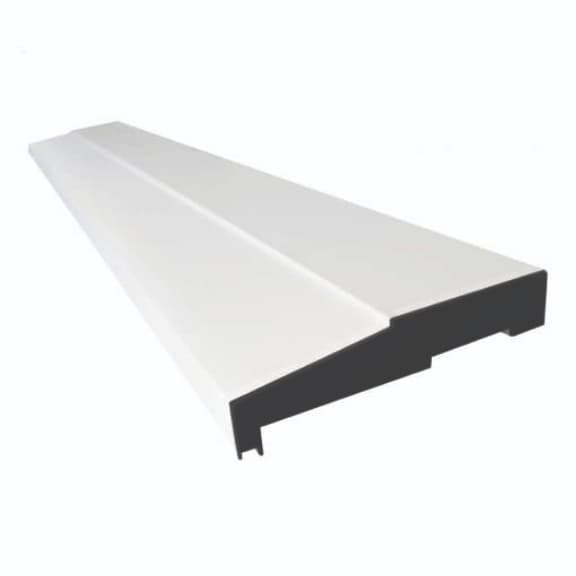
Door Viewer (Spy Hole or Peephole)
A small hole that may be peered through. Callers can be identified before the door is opened.
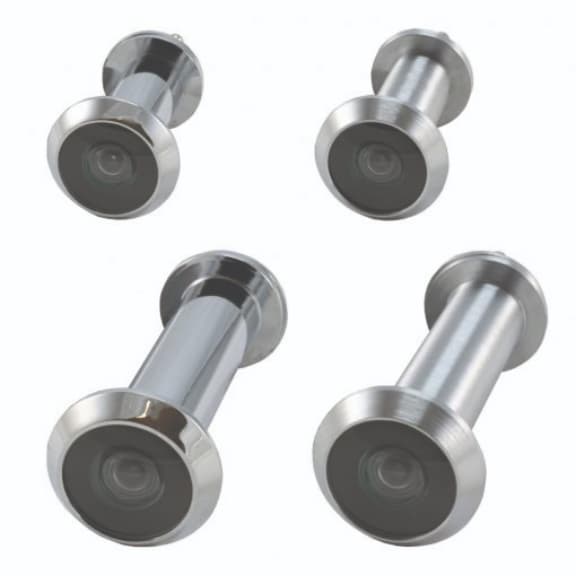
Door Handle Plate
A decorative handle plate that mounts on the face of the door with holes to insert the handle and cylinder.
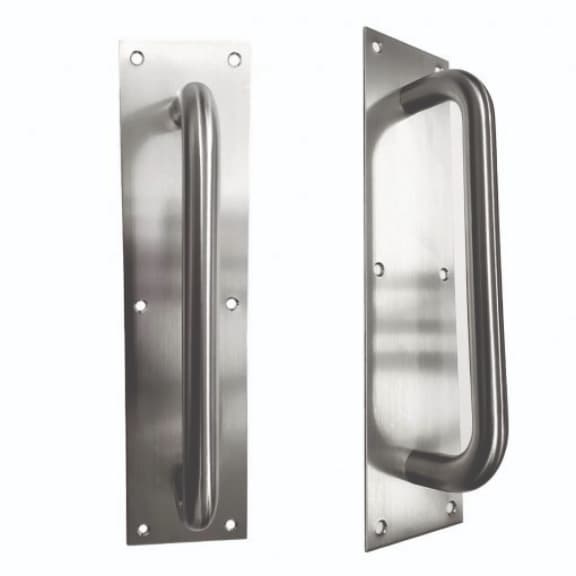
Door Hinge
A flexible apparatus that permits the pivoting (opening or closing) of a door. Made up of two metals attached with a removable pin. Used to attach the door securely to the jamb and allow the door to swing open and close on one edge. Butt hinges are the most common type of door hinge (for interior doors).
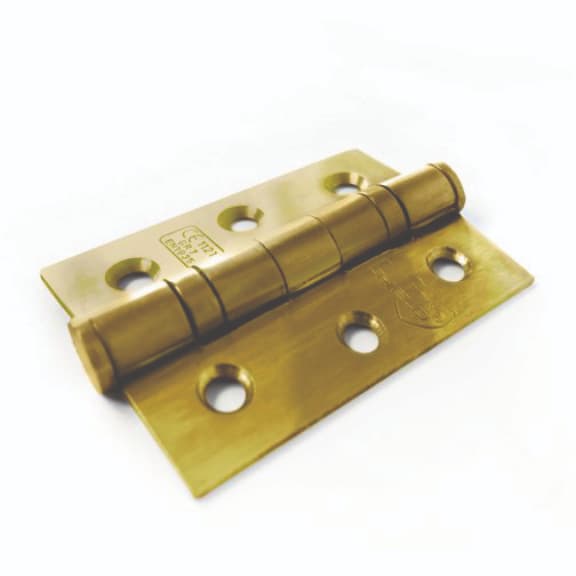
Door Trim
Used to conceal unlevel or large gaps resulting from the construction process and eliminates the risk of tampering.
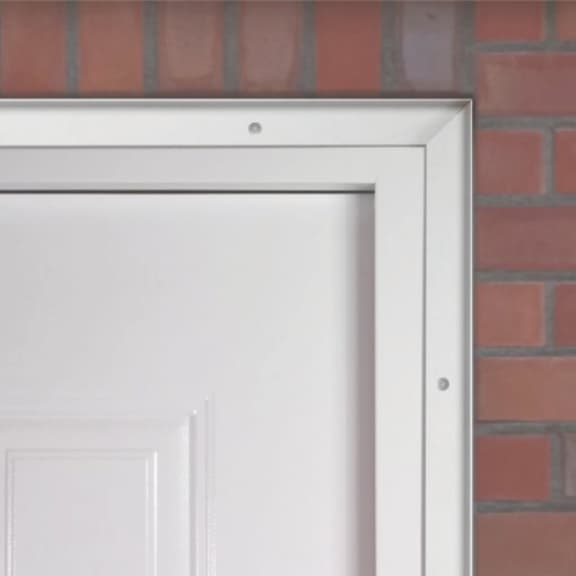
Frame
The door frame is what the door sits flush in and also what supports it. This also includes the cill (or threshold), legs/jambs & head. (join head and jam/legs together)

Handle (or Door Knob)
Part of the door is used to unfasten the door panel and push it closed or pull it open. These come in various materials, such as satin nickel, antique brass, and rubbed bronze.
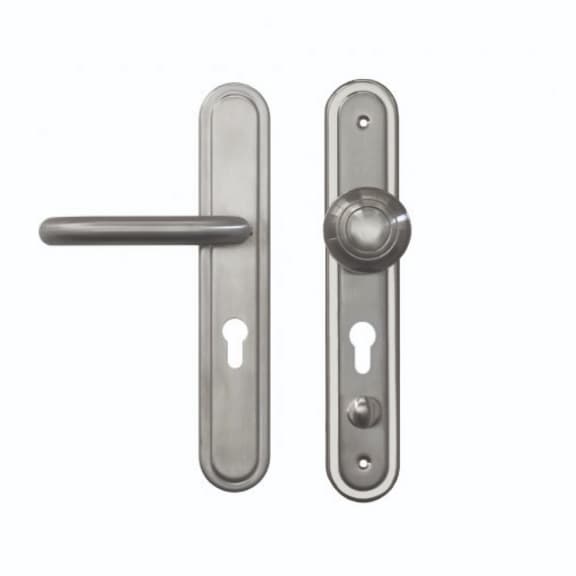
Head
The top piece of the door frame that runs horizontally.
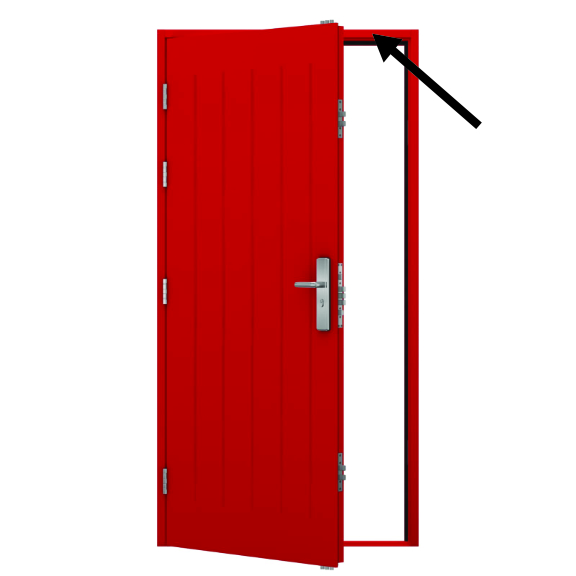
Jambs / Legs
These are the components that run vertically along the sides of the door frame. They hold the weight of the door in addition to keeping the door frame square. It is often confused for the door casing or the decorative elements on the outside of the doorway.
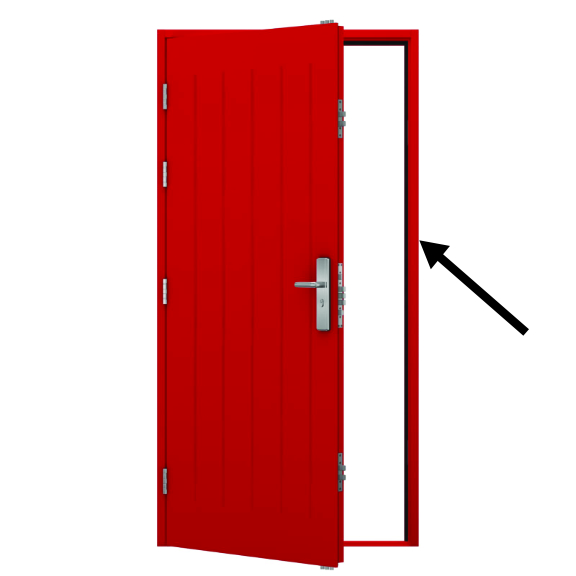
Kick Plate
A sheet of metal is attached to the bottom of your door to protect it from kick damage.
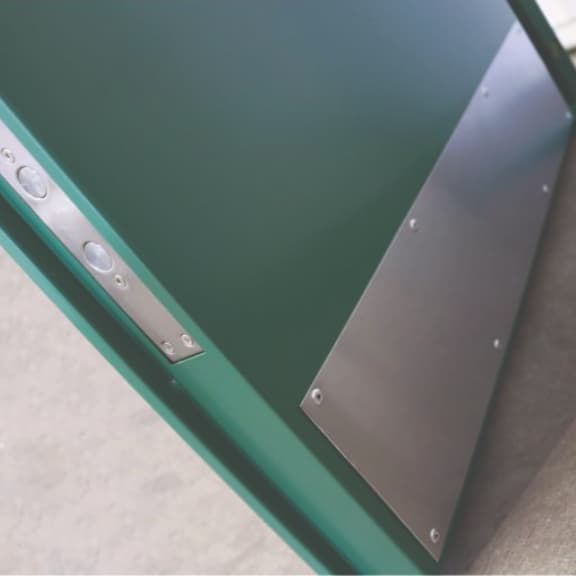
Leaf
Another term for a single door that fills a doorway. In a double door opening, the two doors are called “two leaves”.

Letterbox (or Letterplate)
The slot in the door into which mail is delivered.
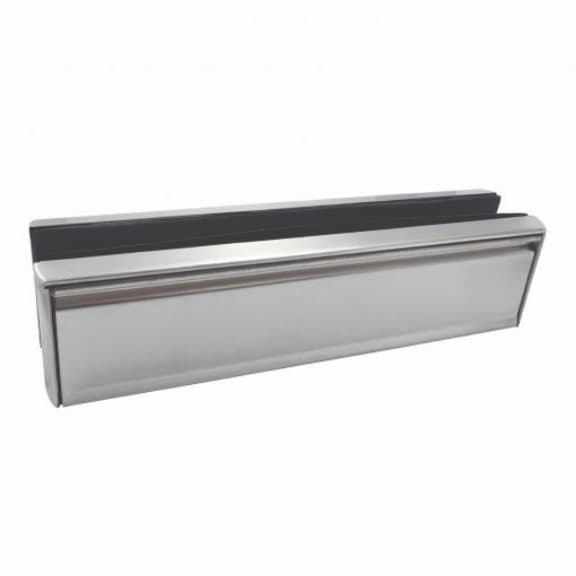
Louvre
A series of horizontal slats that regulate airflow through an opening. Often used in doors and windows to improve internal conditions.
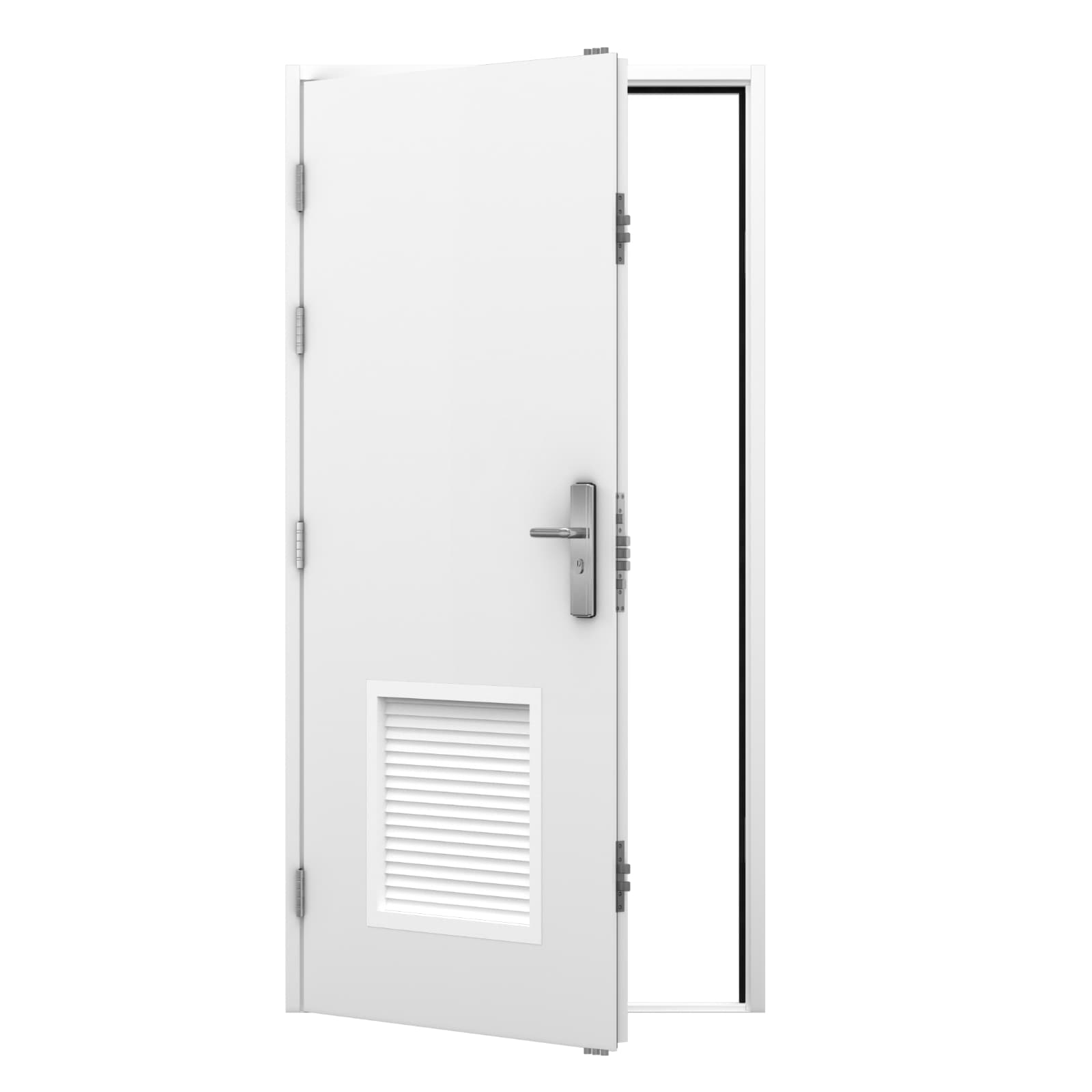
Mortise Plate
The rectangular piece on the inside of the door that the latch or deadbolt tongue enters when the door is closed. They are used to strengthen latches, deadbolts, door panels, and help prevent forced entry.
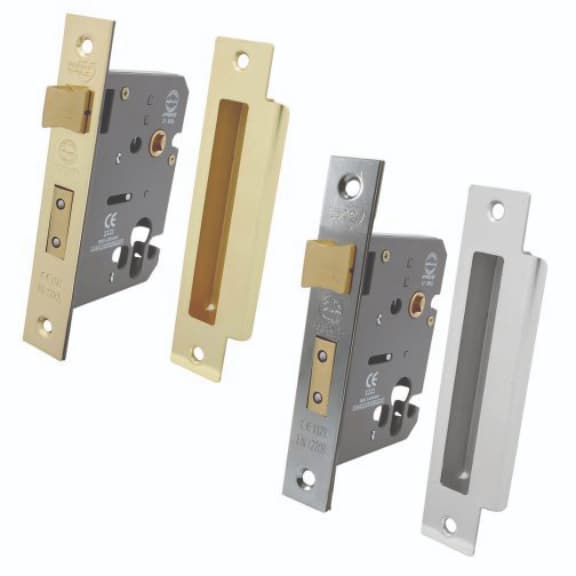
Panel
The door panels are what fill the frame. They can be made from steel, timber or glass, and customised to match the architectural style of your home.

Opening / Aperture
Quite simply, this is the hole or opening in a wall to accommodate the installation of a door (or window) unit.
Side Light / Sidelite
A framed area on one or both sides of a door opening. Usually vertical and narrow, and can contain components like fixed glazing, glass, or another filler. A side light can be decorative and usually insulated.
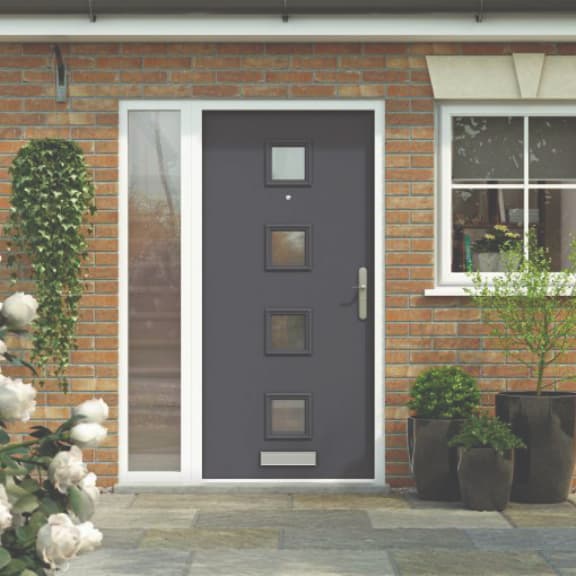
Strike Plate
A small metal plate fitted on the jamb that the latch or deadbolt will connect with. Gives added reinforcement to the locking mechanism and prevents damage to the jamb.
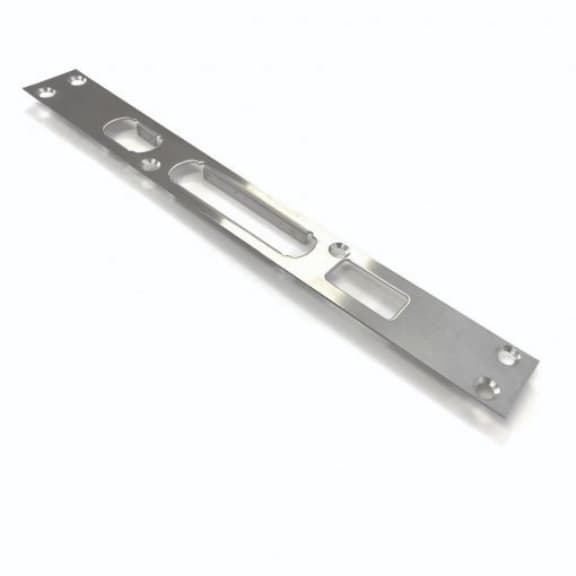
Transform
A horizontal structural beam or bar running through your door or side light. May contain components like glass, fixed glazing, or other filler and can also be decorative.
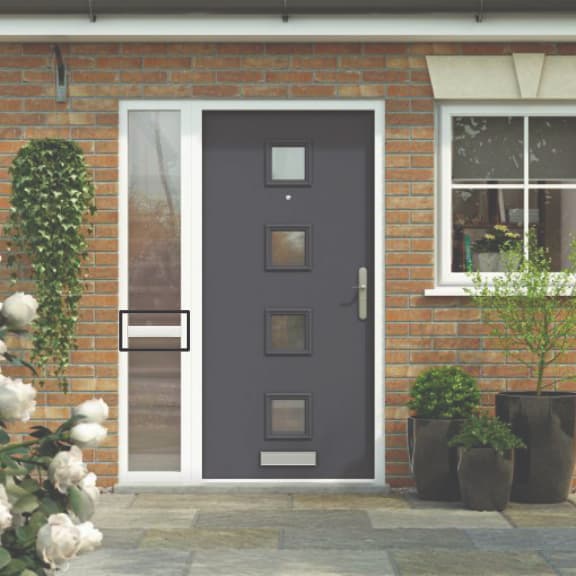
Other Door Parts & Hardware
Architrave
This is the decorative moulding on the outermost edge of the door frame or casing.

Bottom Rail
The piece sits horizontally across the very bottom of the door. In wooden doors, this is used to increase strength at the bottom of the door, also allowing you to screw the hardware into it, to prevent the risk of fixing it into the hollow section.
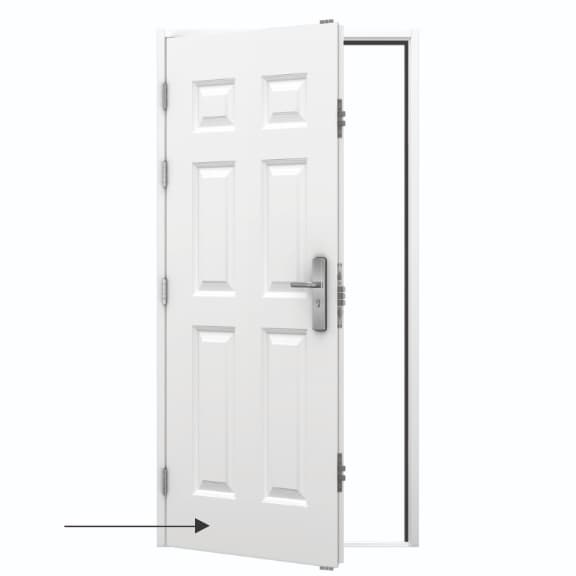
Rain Deflector
A necessity for inward opening external doors, a rain deflector/rain drip deflects water away from the threshold seal, diverting water over the edge of the frame or onto the cill, eliminating the risk of water ingress.
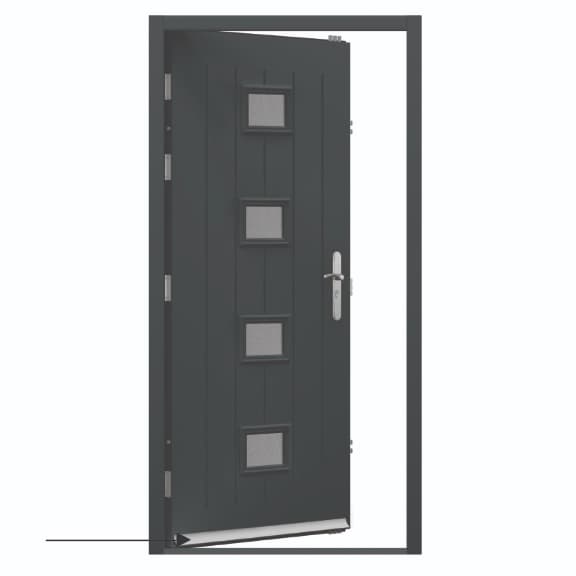
Frieze Rail
Similar to the top rail, except it sits horizontally across the next divide between the panels of the door. This is often at eye height. Not all doors have a frieze rail. This is also sometimes referred to as a ‘cross-rail’.
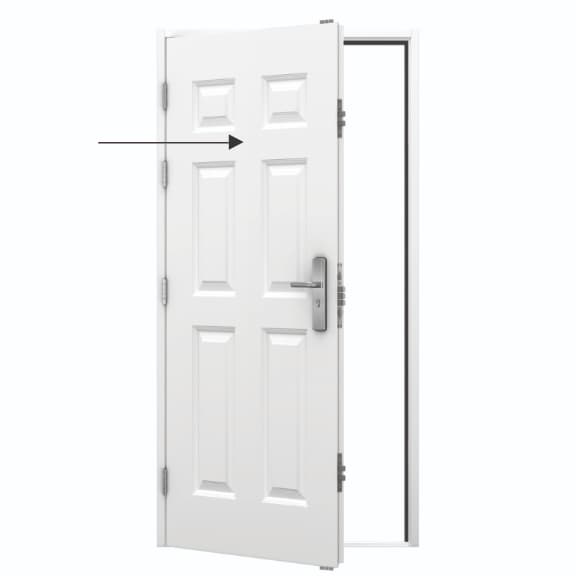
Lower Mullion
This piece sits vertically between the two lower panels and forms a division in the area below the mid-mullion. This is sometimes known as the ‘third mullion’.
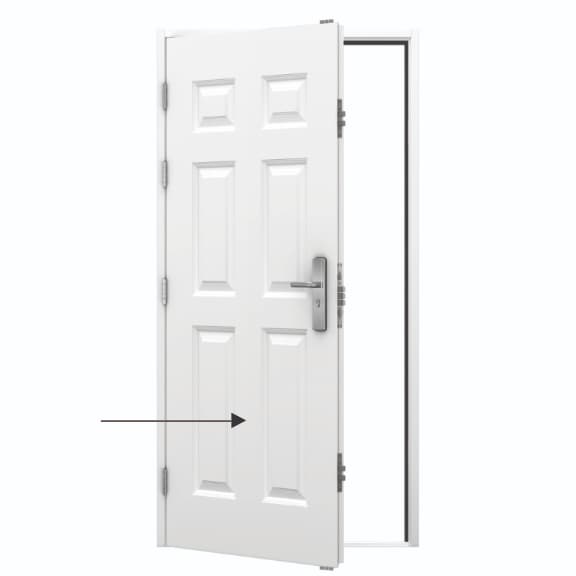
Mid Mullion
This piece sits vertically between the two middle panels and forms a division in the area below the top mullion. This is sometimes known as the ‘second mullion’.
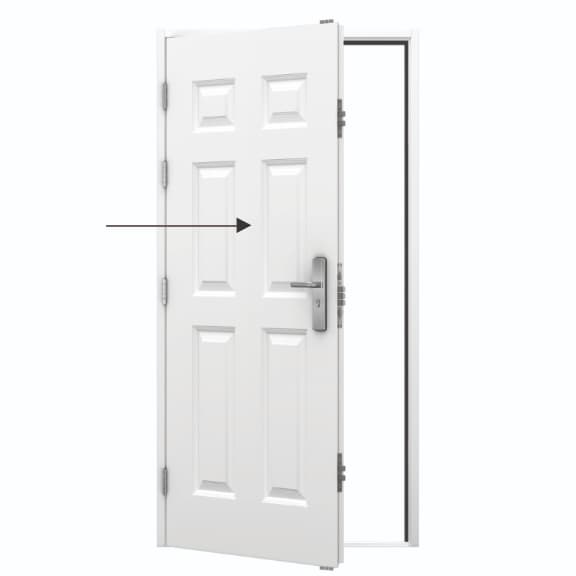
Middle Rail
This piece sits horizontally across the middle of the door. (Not all doors have a middle rail).
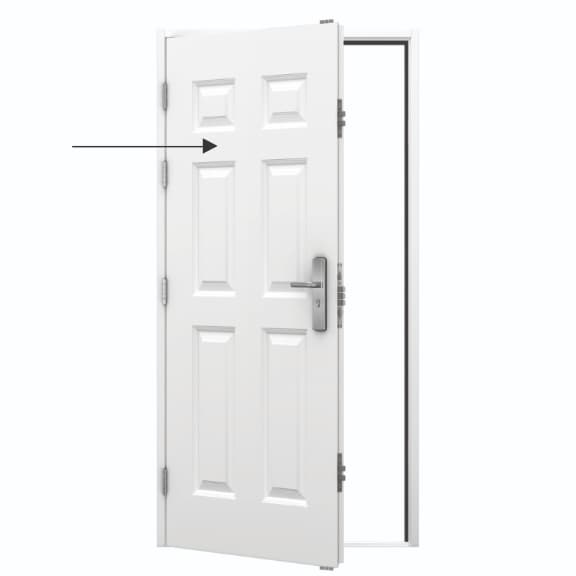
Rails (or Track)
A metal track or rail which allows sliding doors to glide open and close smoothly.

Stile
The collective name for the vertical components that sit on the outside of the door.
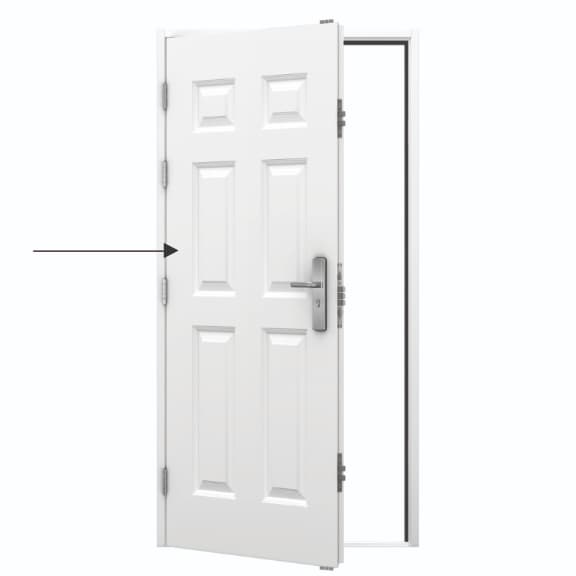
Top Mullion
This piece sits vertically between the two upper-most panels and forms a division at the top of the door. This is sometimes known as the ‘first mullion’.
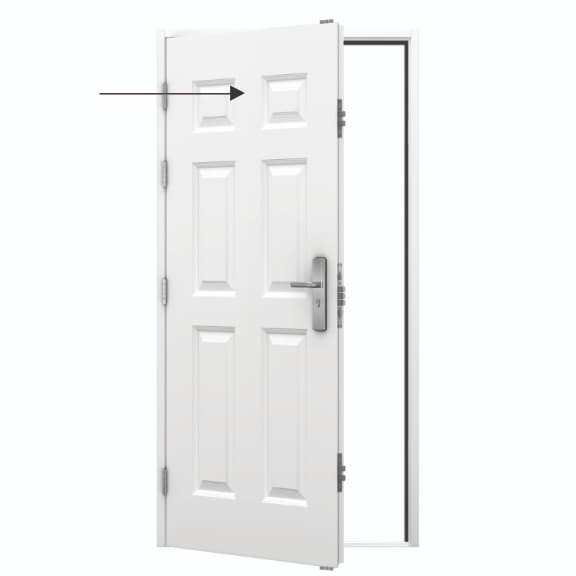
Top Rail
This piece sits horizontally across the top of the door.
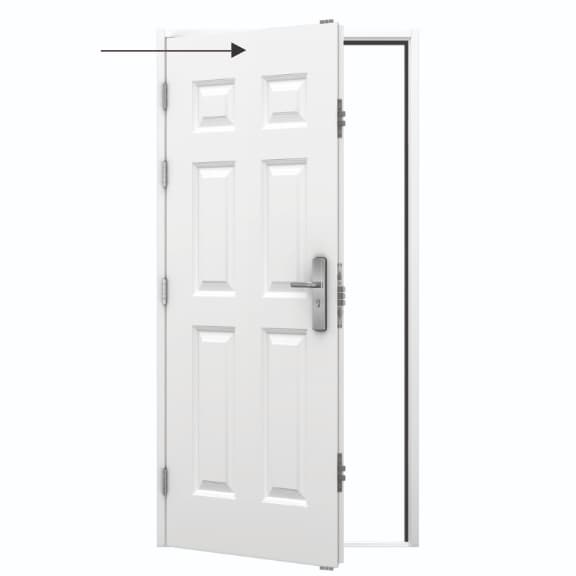
Lockset Parts
Euro Cylinder
The cylindrical-shaped mechanism that is housed within the door locks. A key is inserted into the keyway to operate the lock. Typically featured within European door locks, hence the term ‘euro’ cylinder.
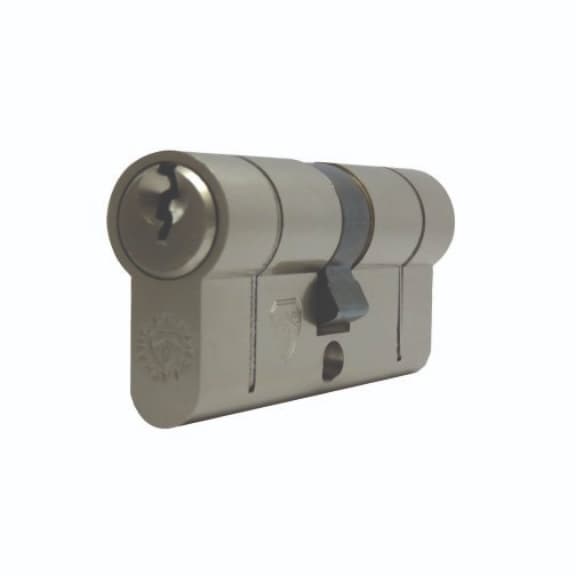
Deadbolt
Separate mechanisms than the actual locks inside door handles. They are ‘shoot bolts’ that extend from the side of the door lock panel into the door frame.
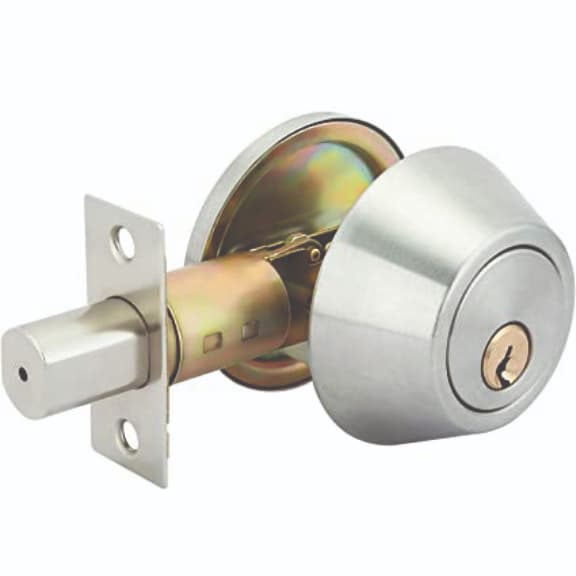
Escutcheon
Decorative plates that are used to conceal and protect a euro cylinder.
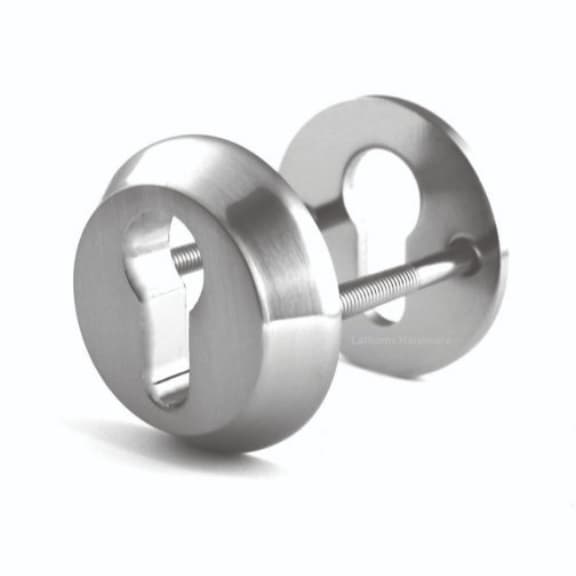
Flush Bolt
A bolt that is used on a non-active door to keep it stationary. It sits flush with the face or edge of the door when retracted.
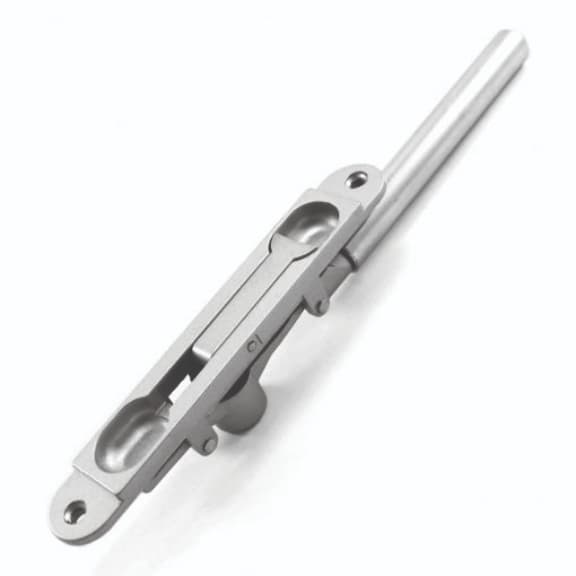
Foot Bolt (or Kick Down Door Handle)
A type of lock installed at the bottom of a door that is operated with your foot.
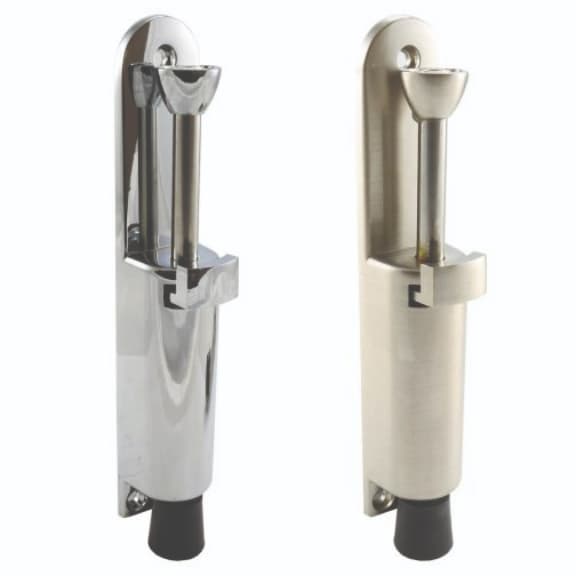
Mortice Lock / Sash Lock
A device that controls the locking and functionality of the door. It features both a latching element and a locking element.
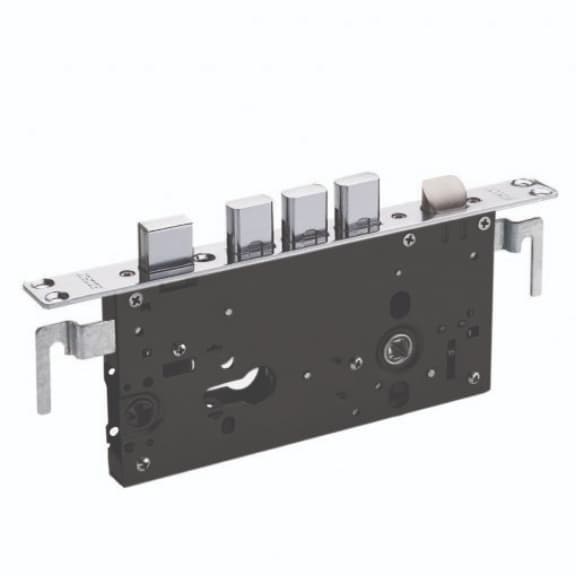
Find steel door spares, accessories and replacement parts for all of our range.
We are authorised distributors and specialists in Exidor and HOOPLY branded products, so feel free to browse our ranges
Alternatively, visit Latham’s Hardware for a wider range of door furniture, hinges, door stops and other hardware.

